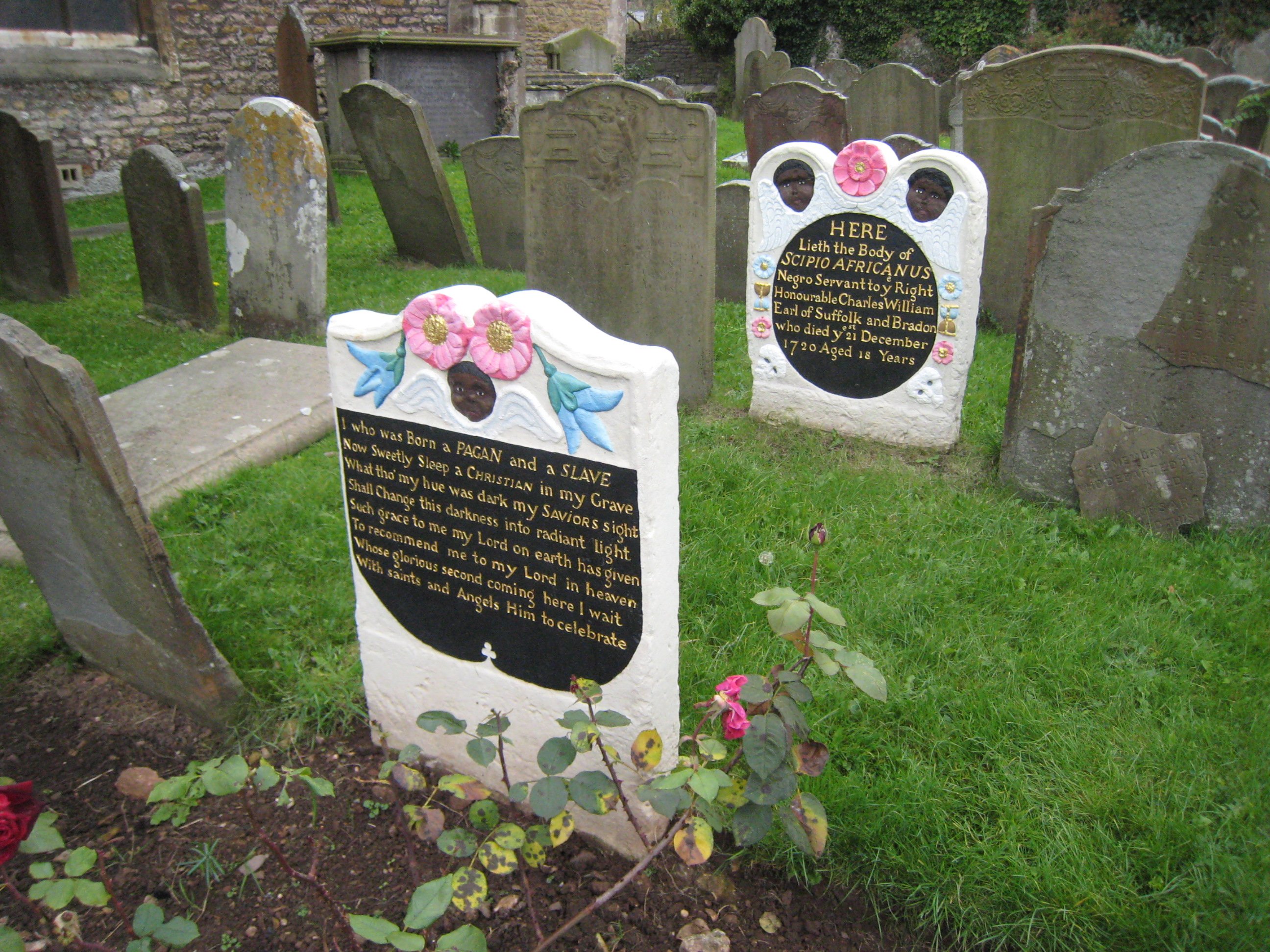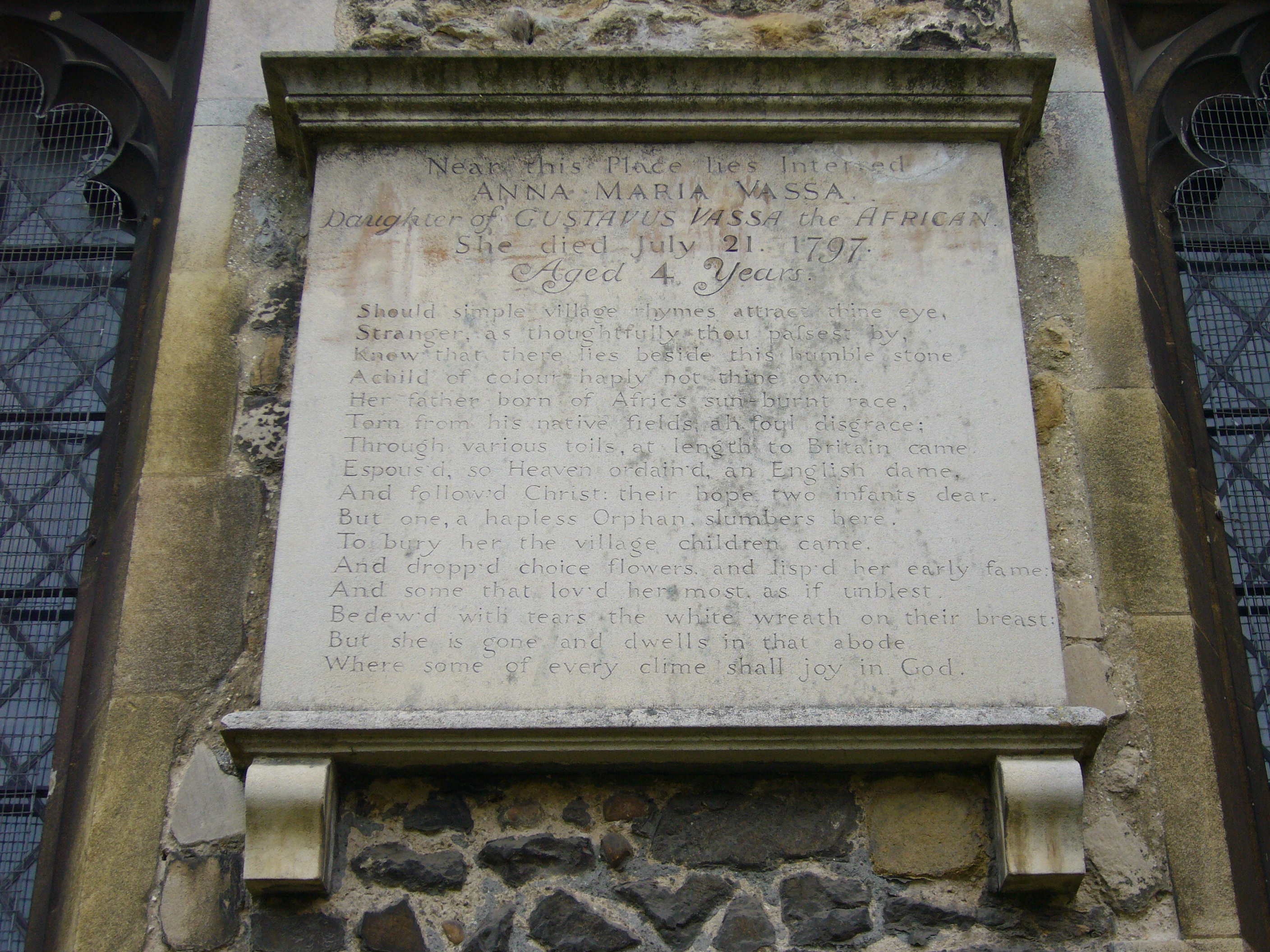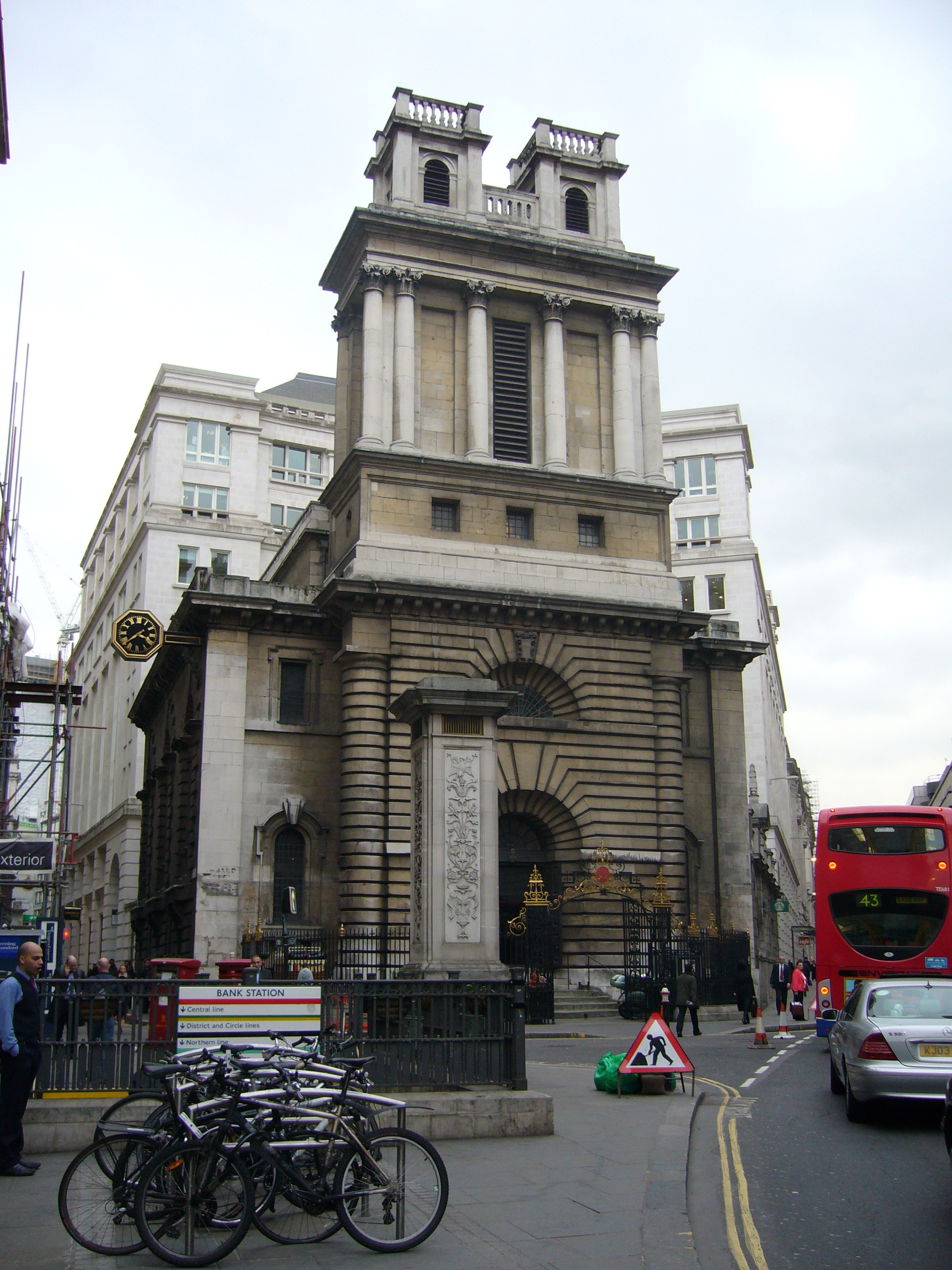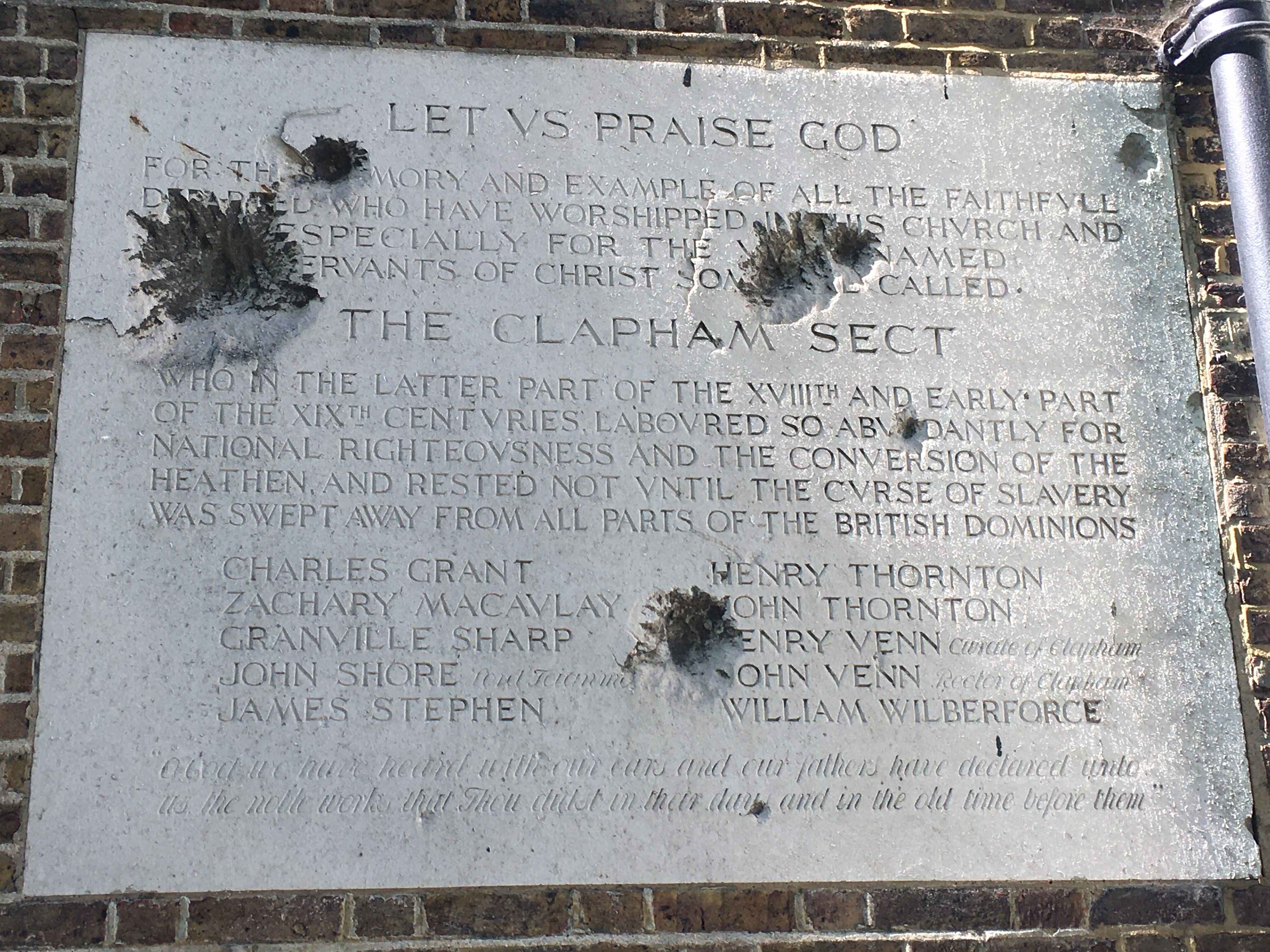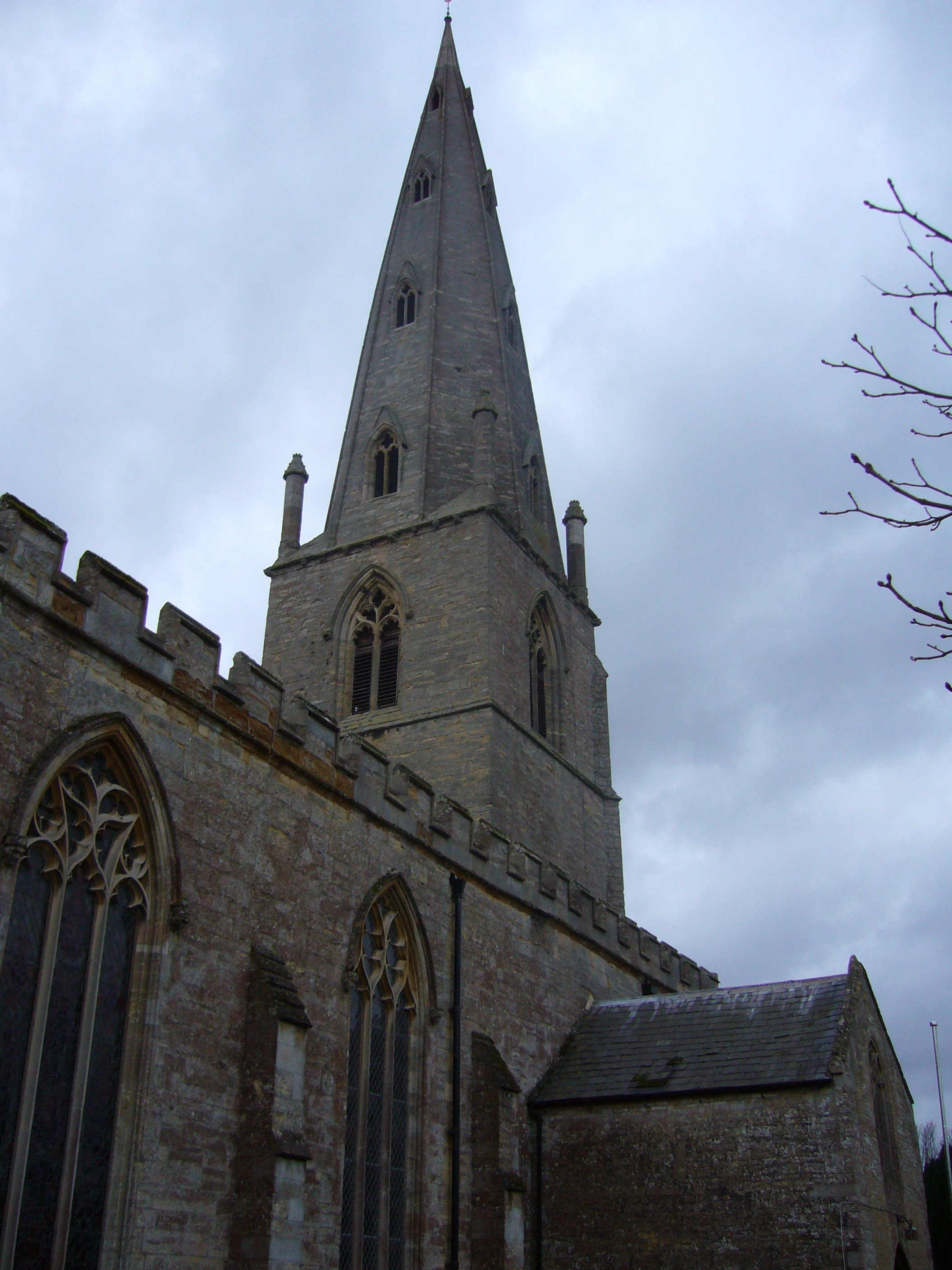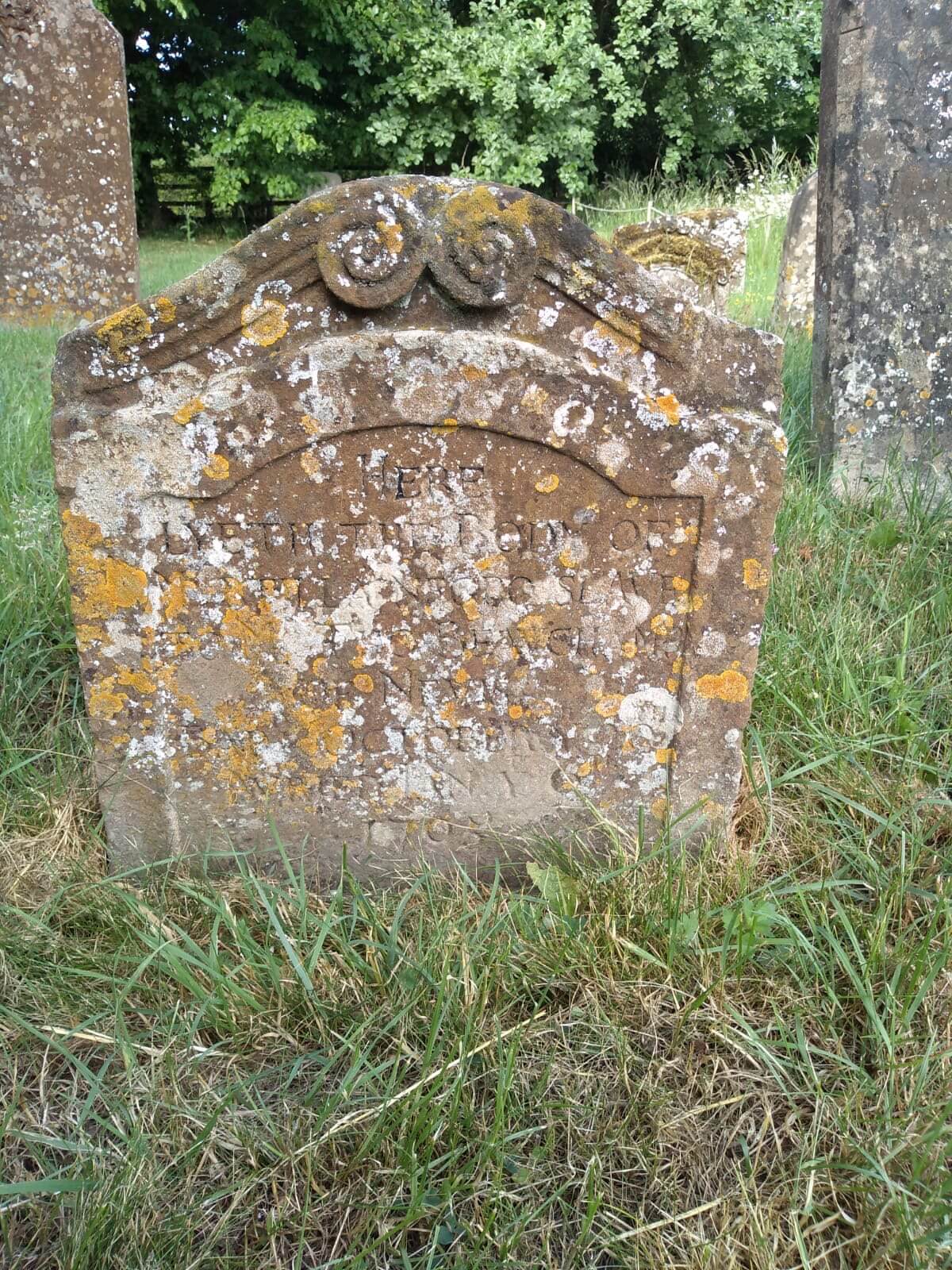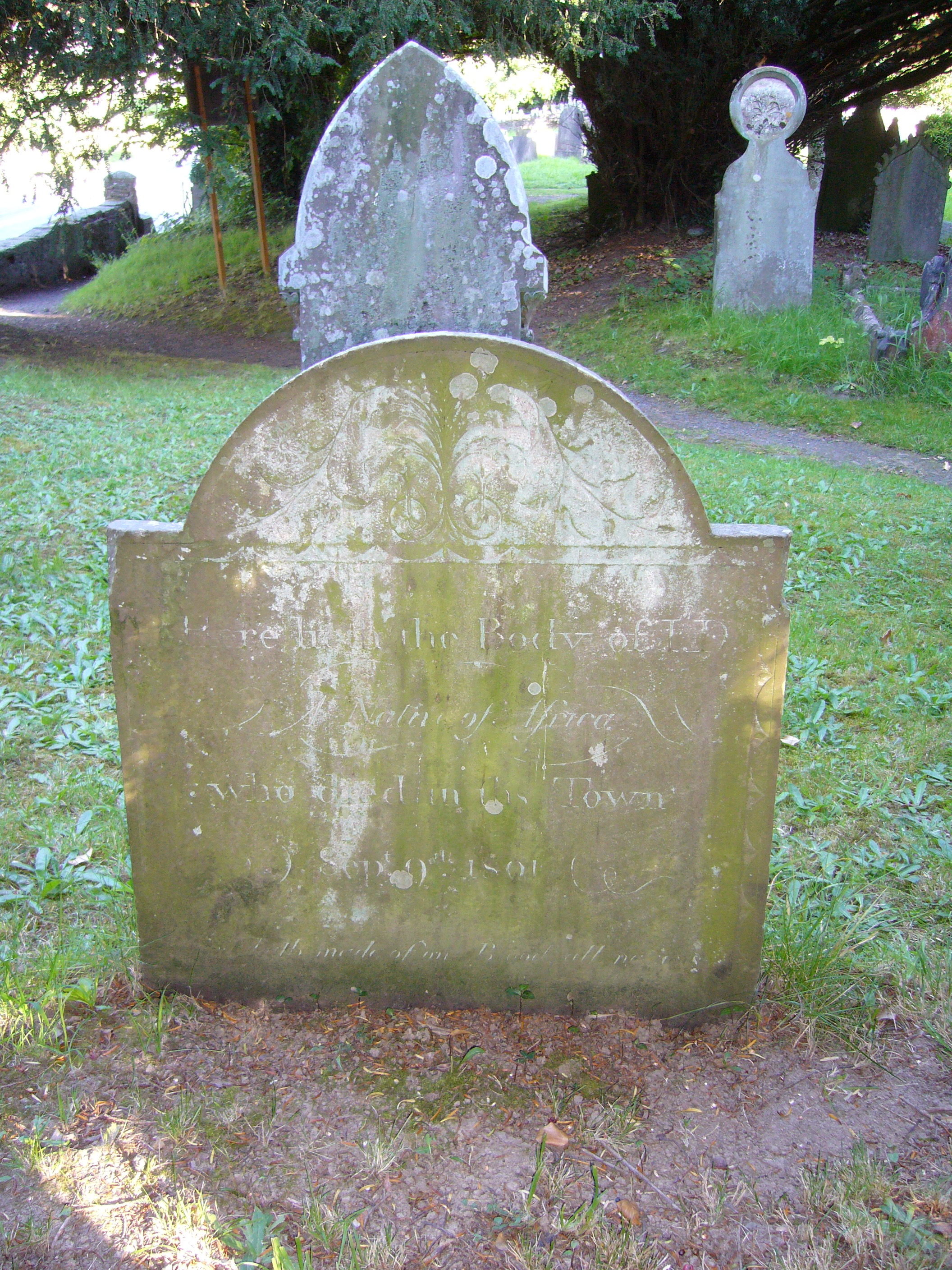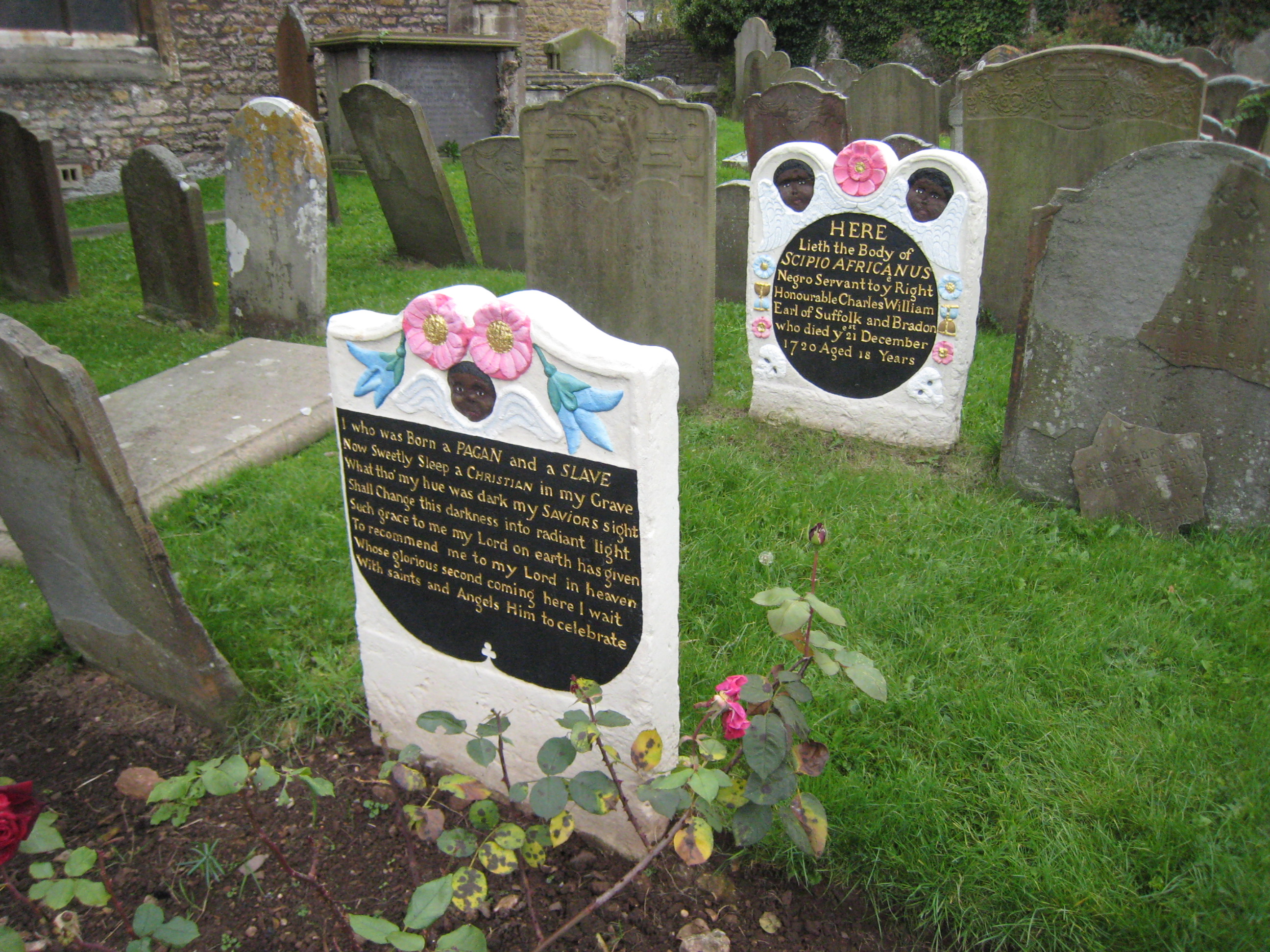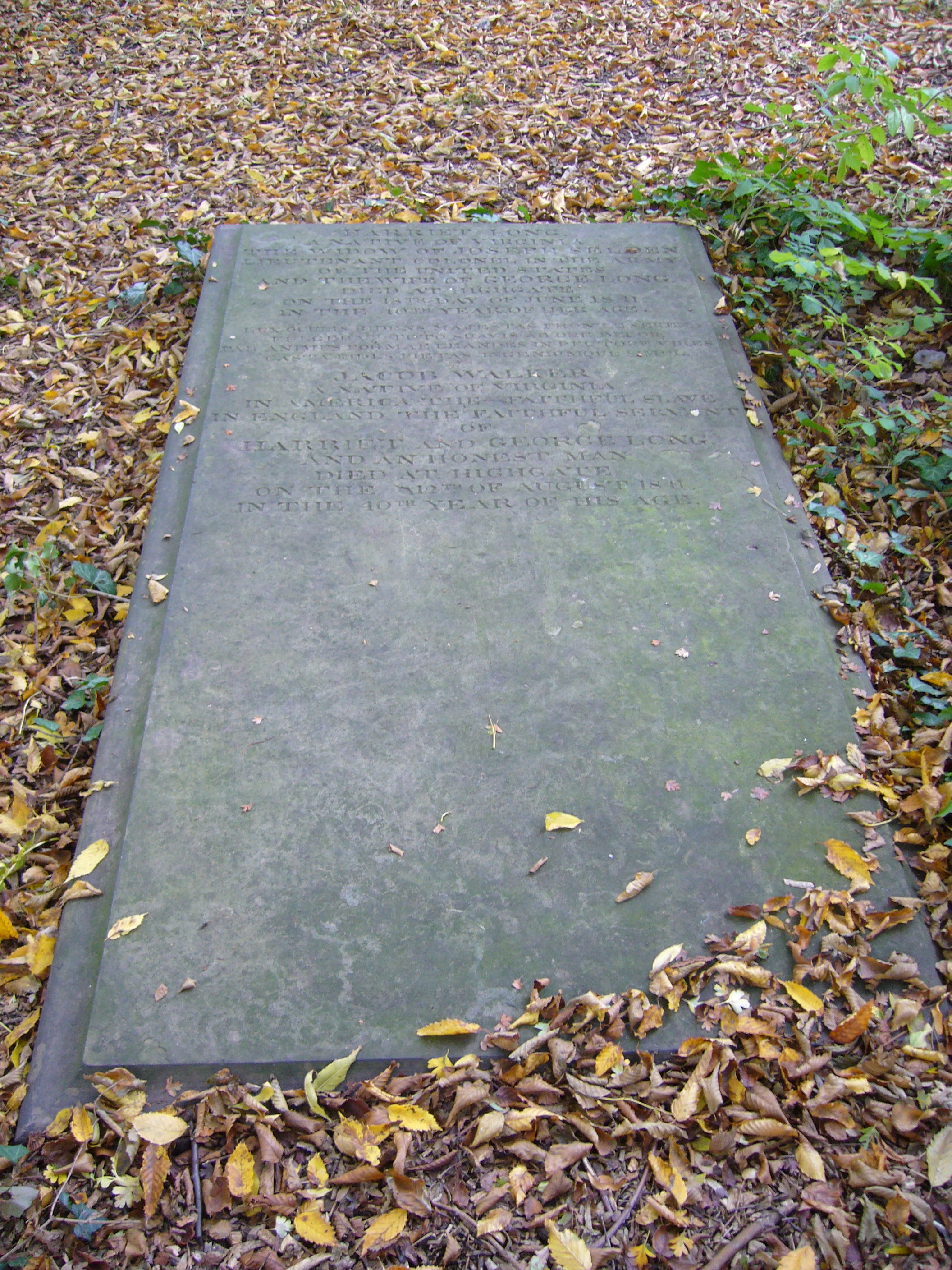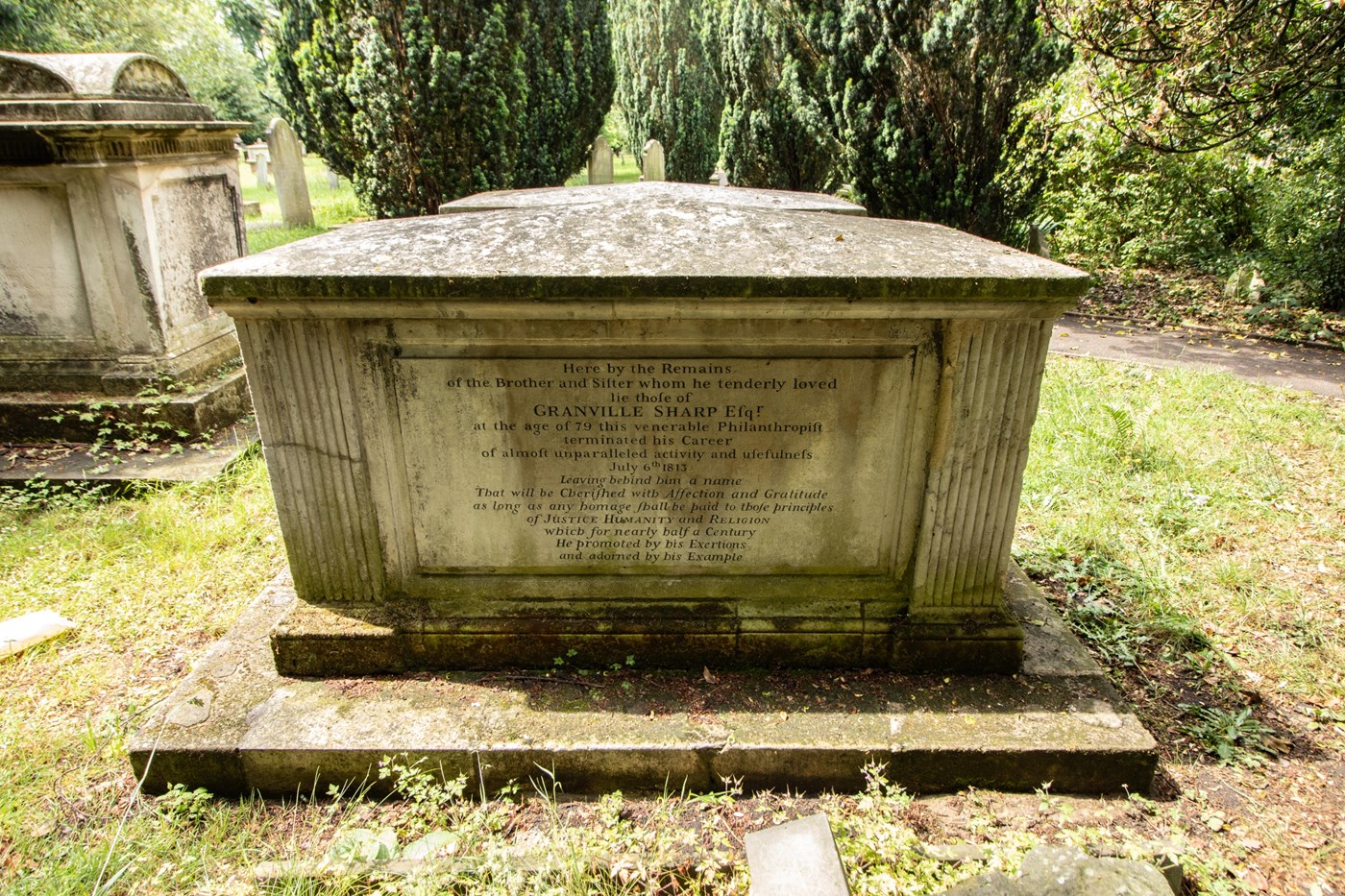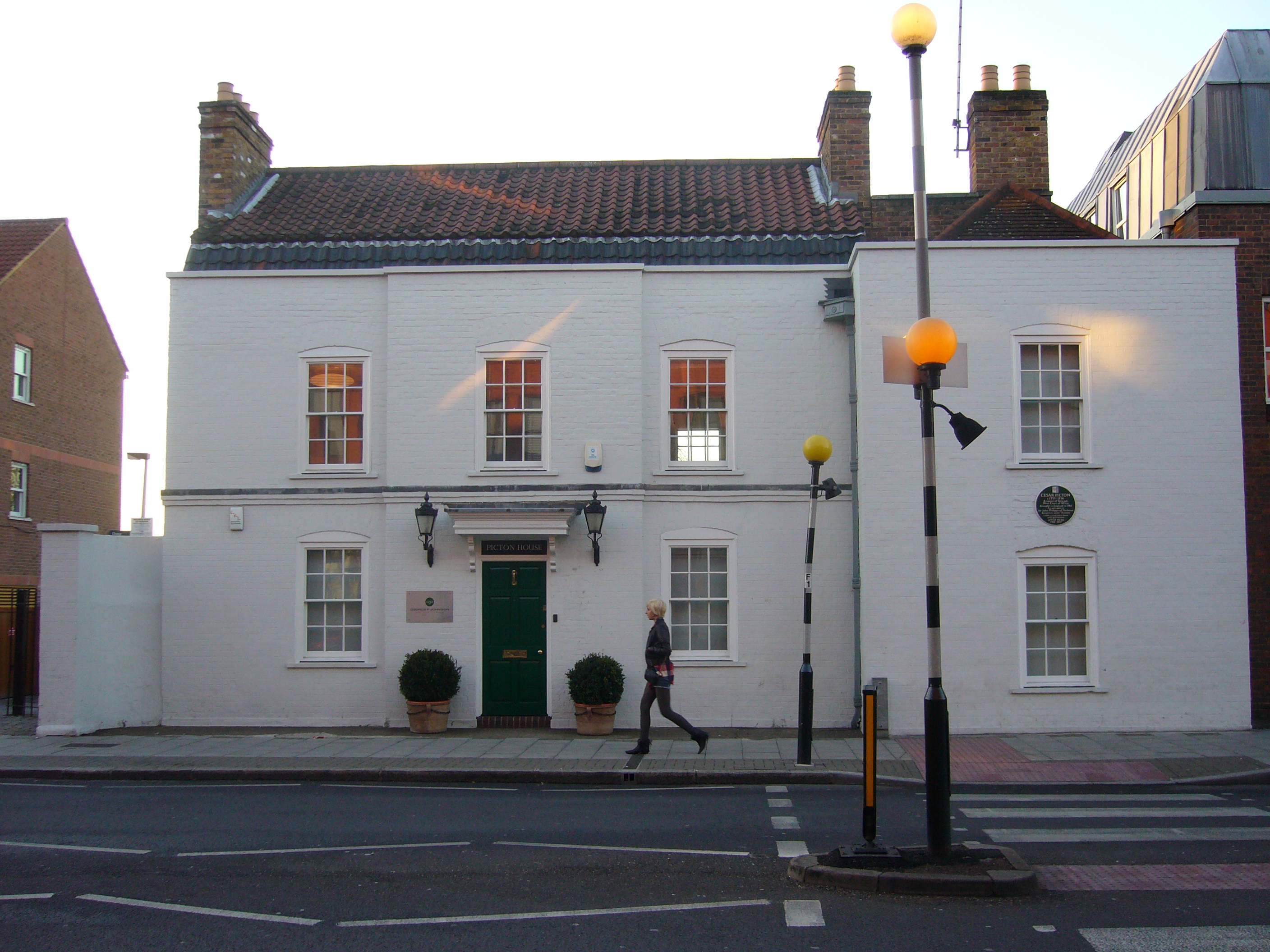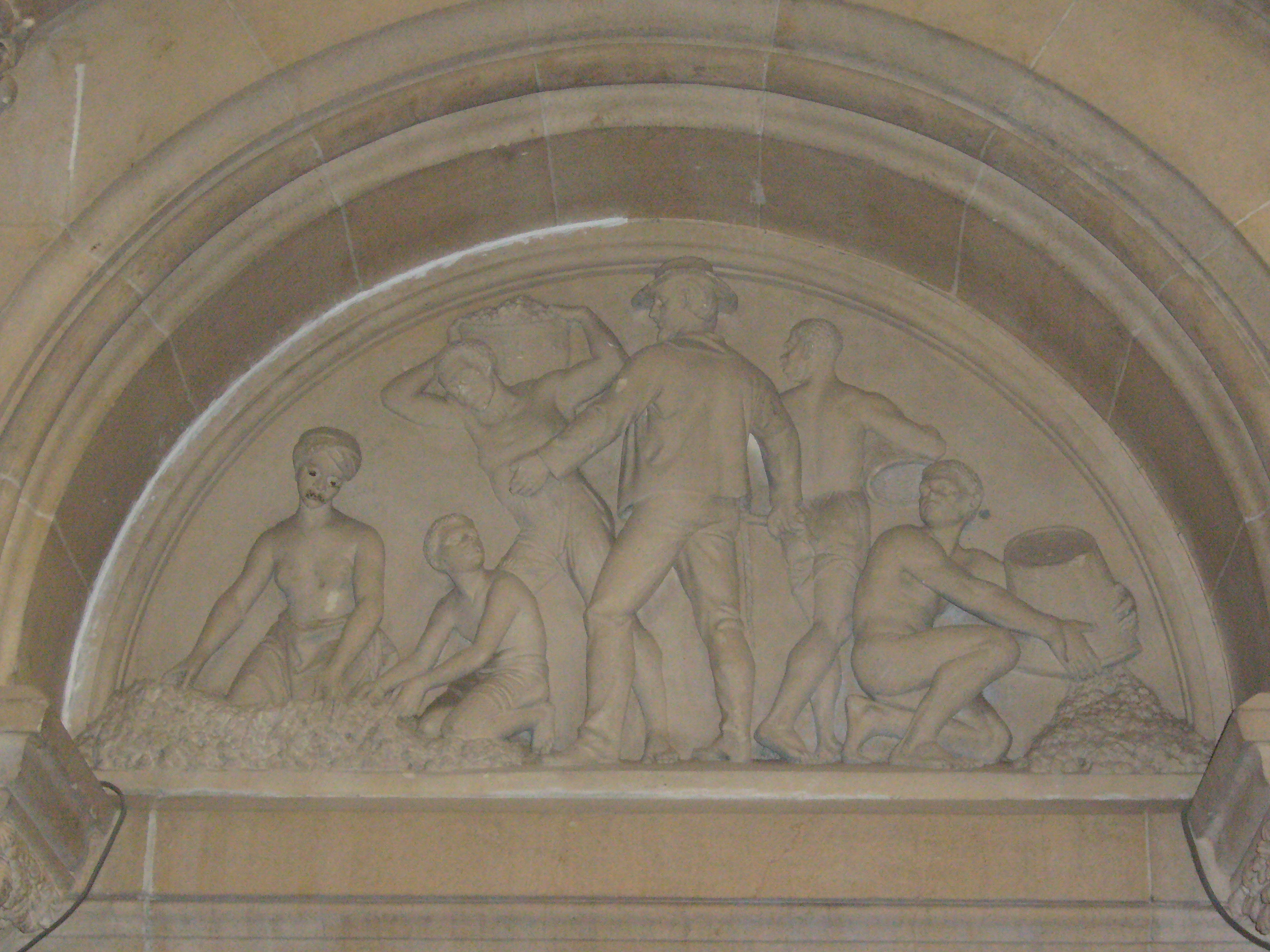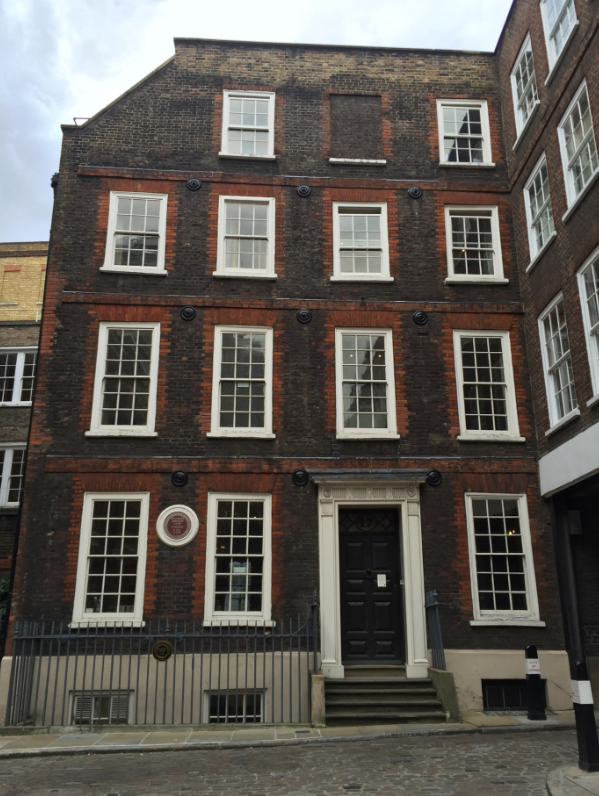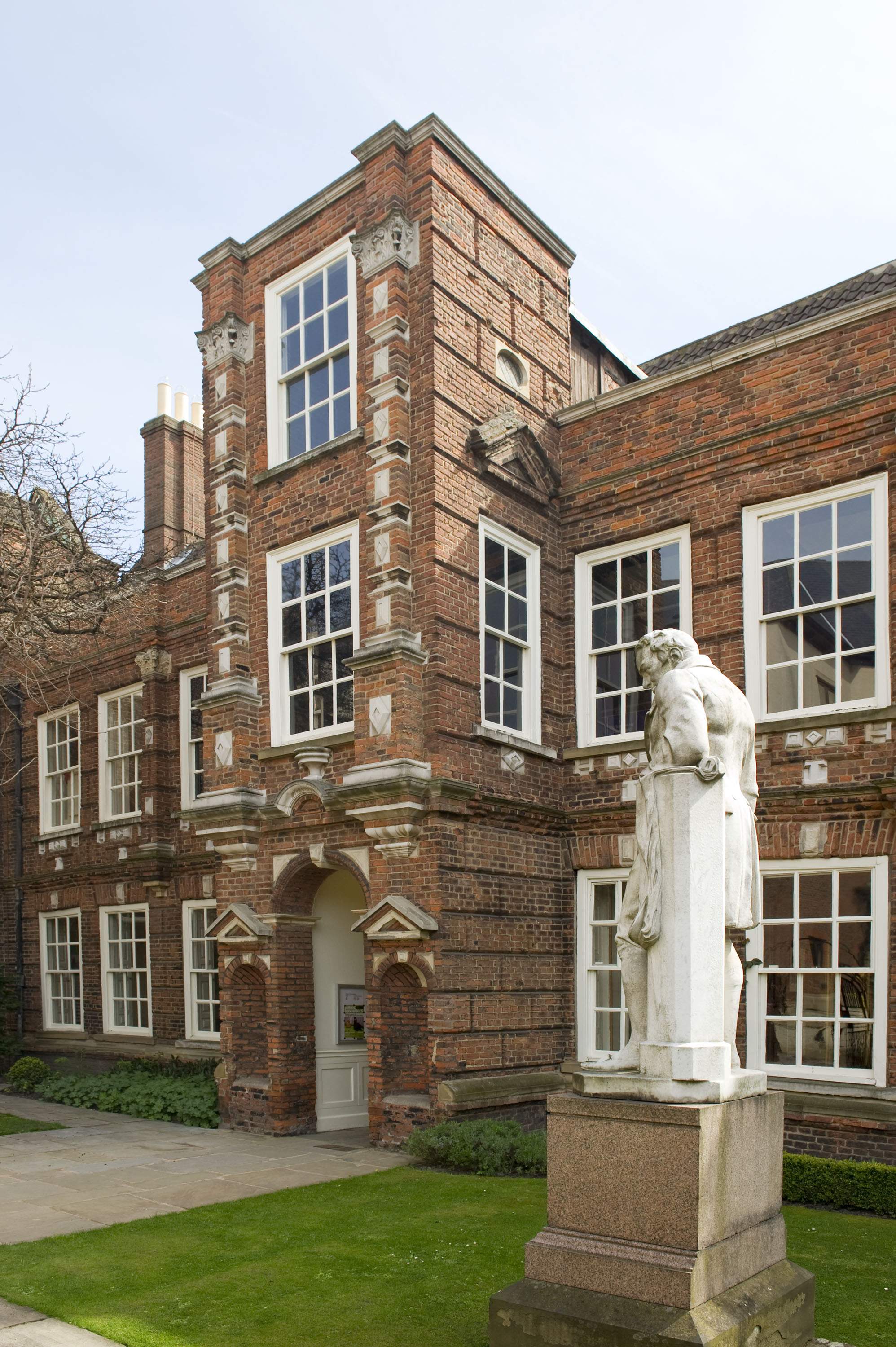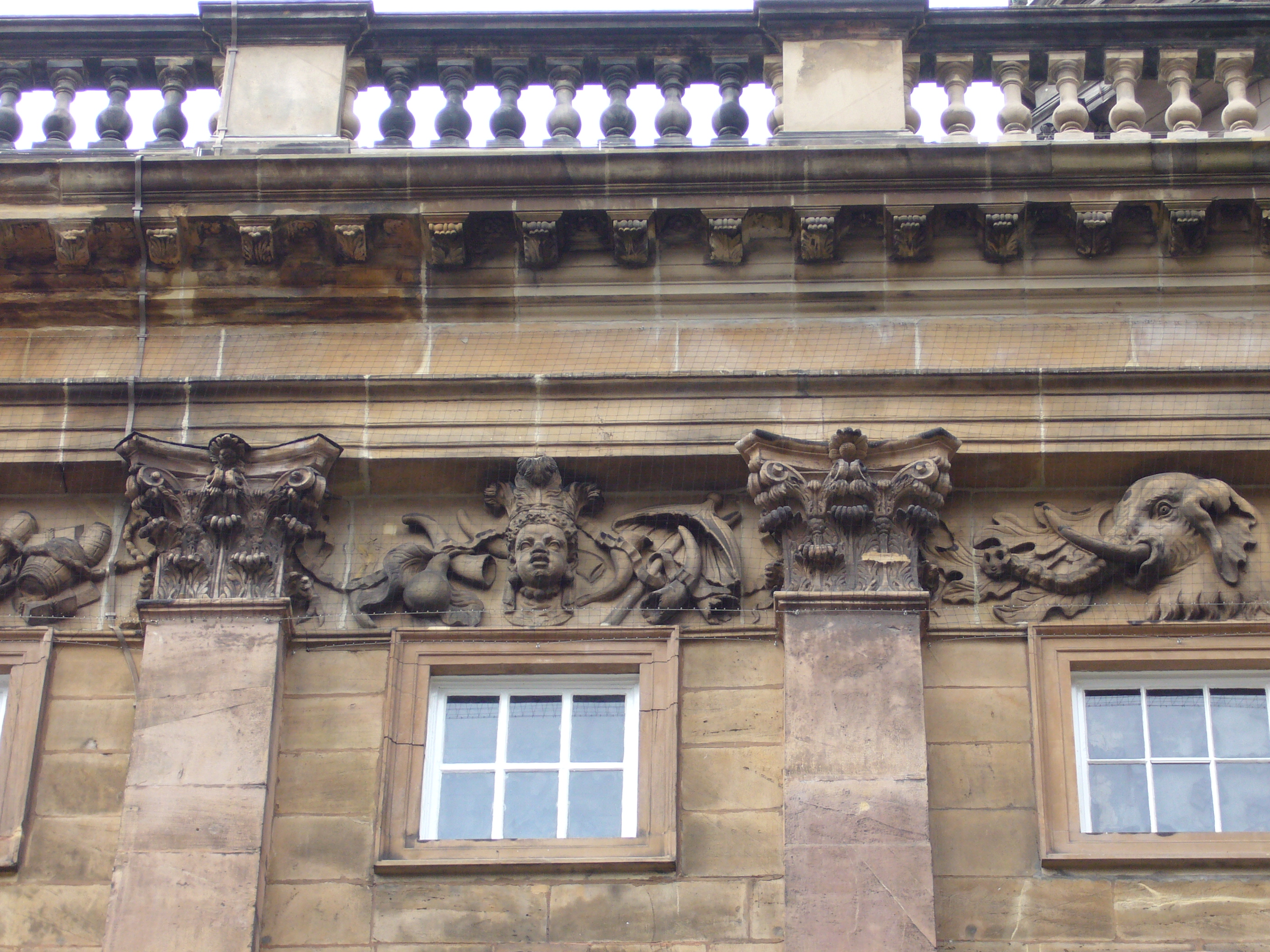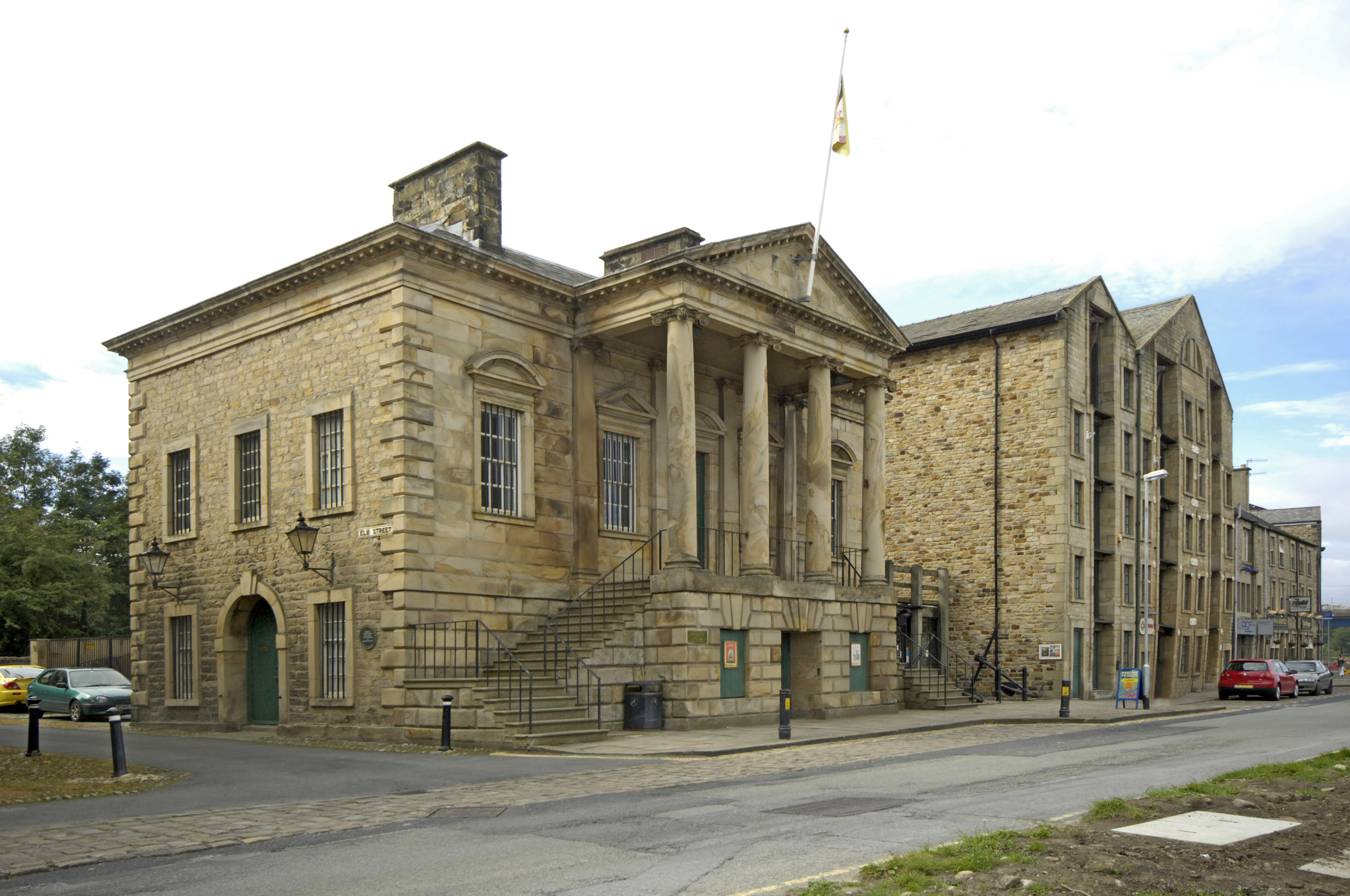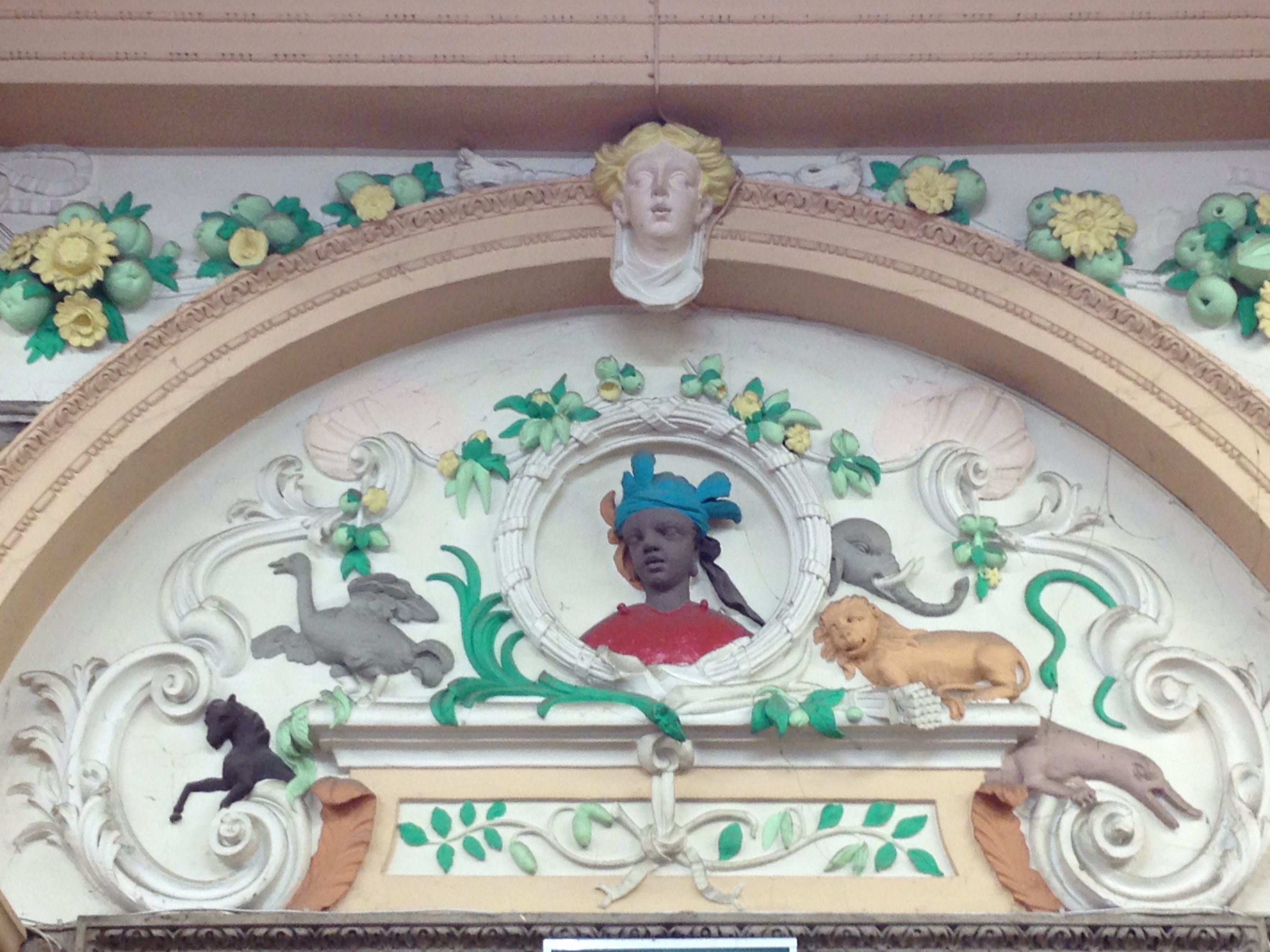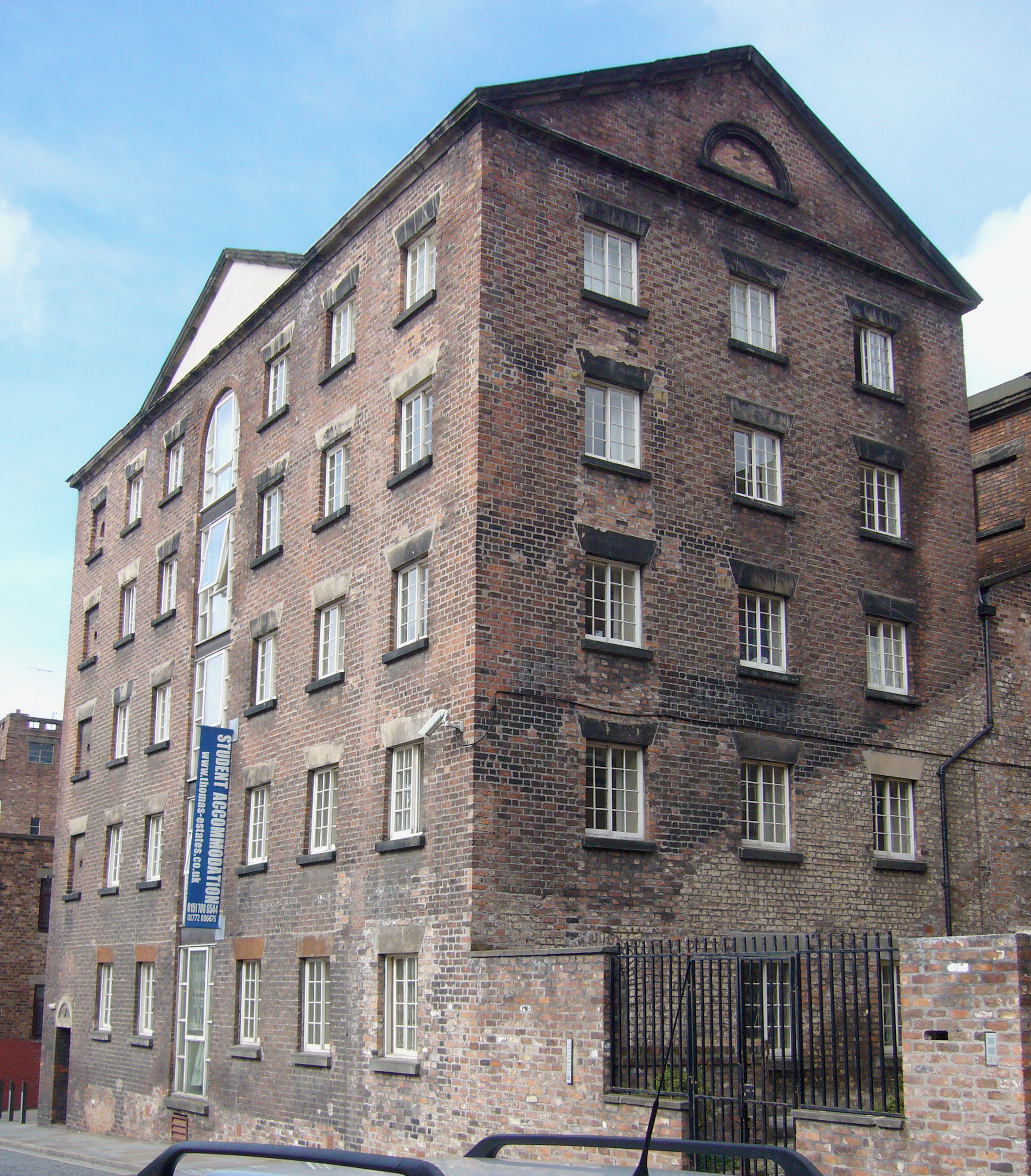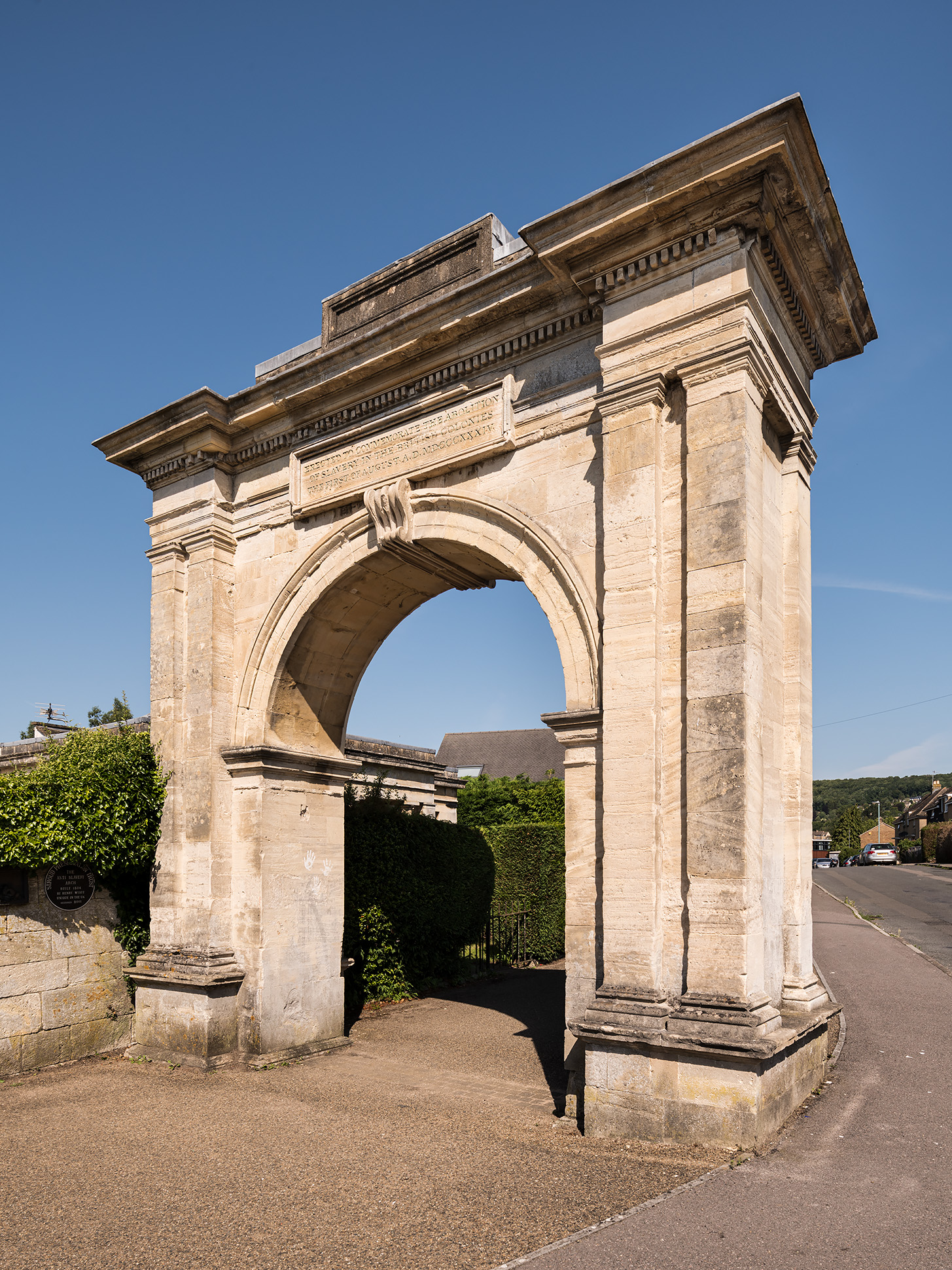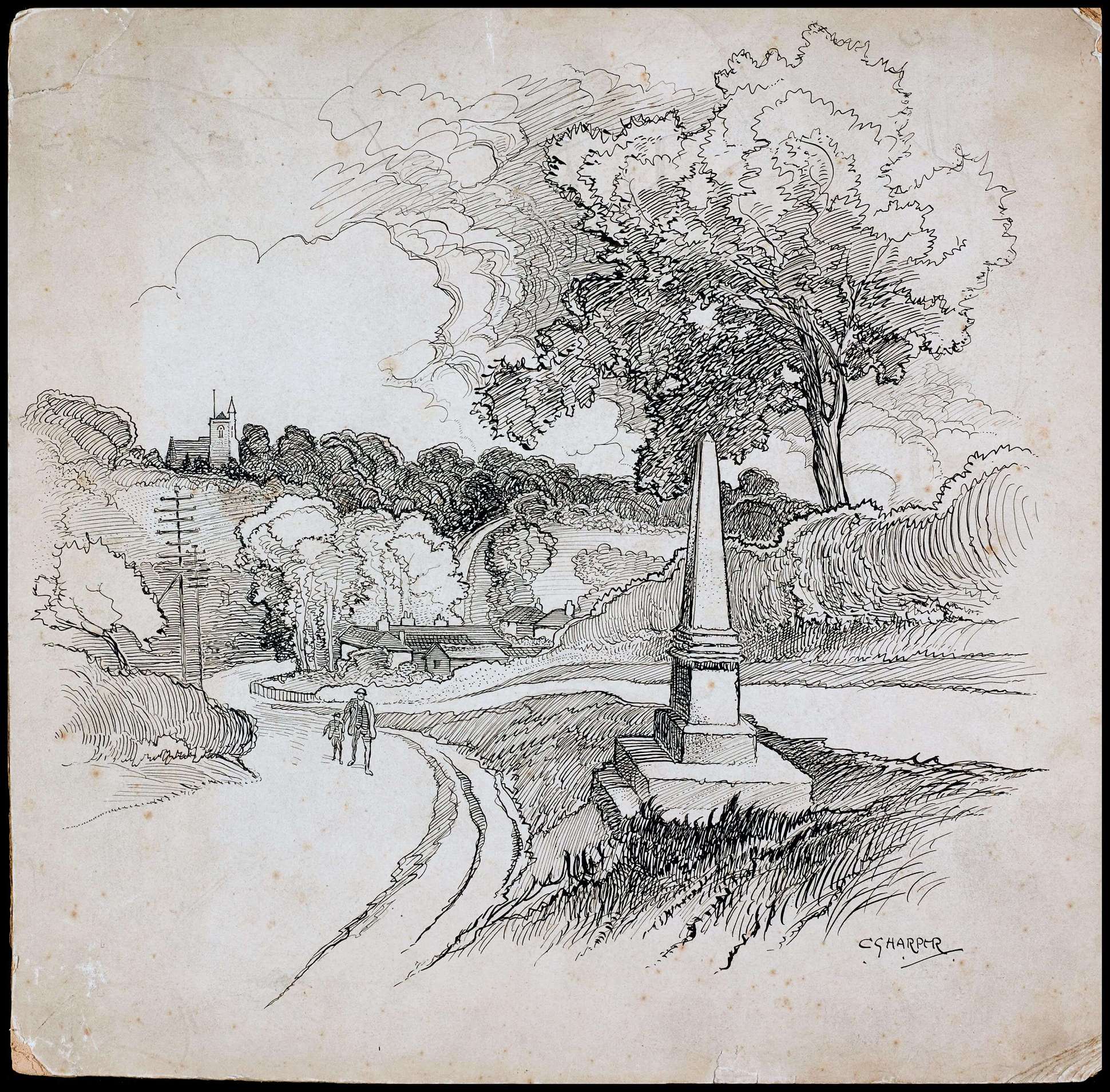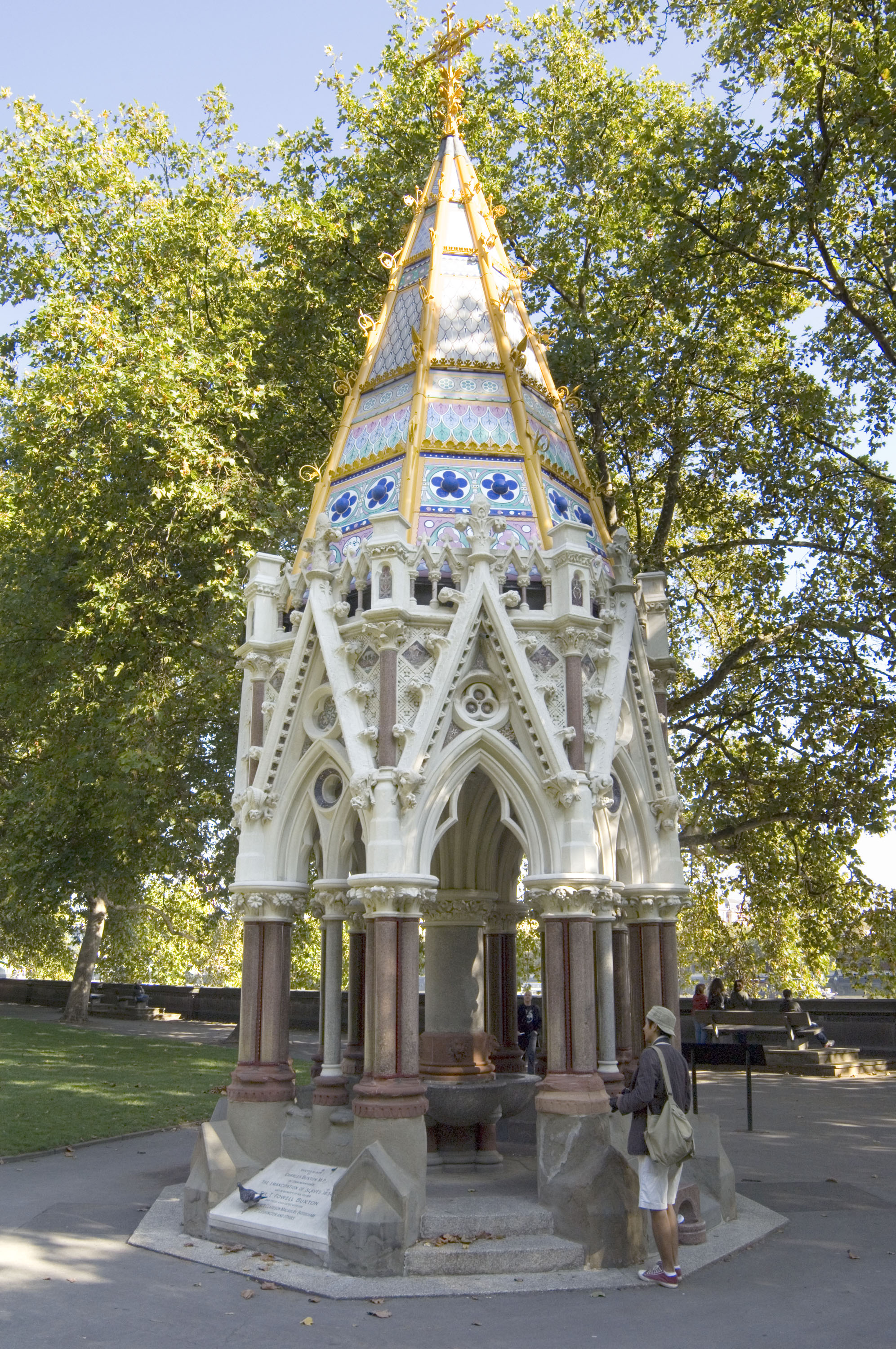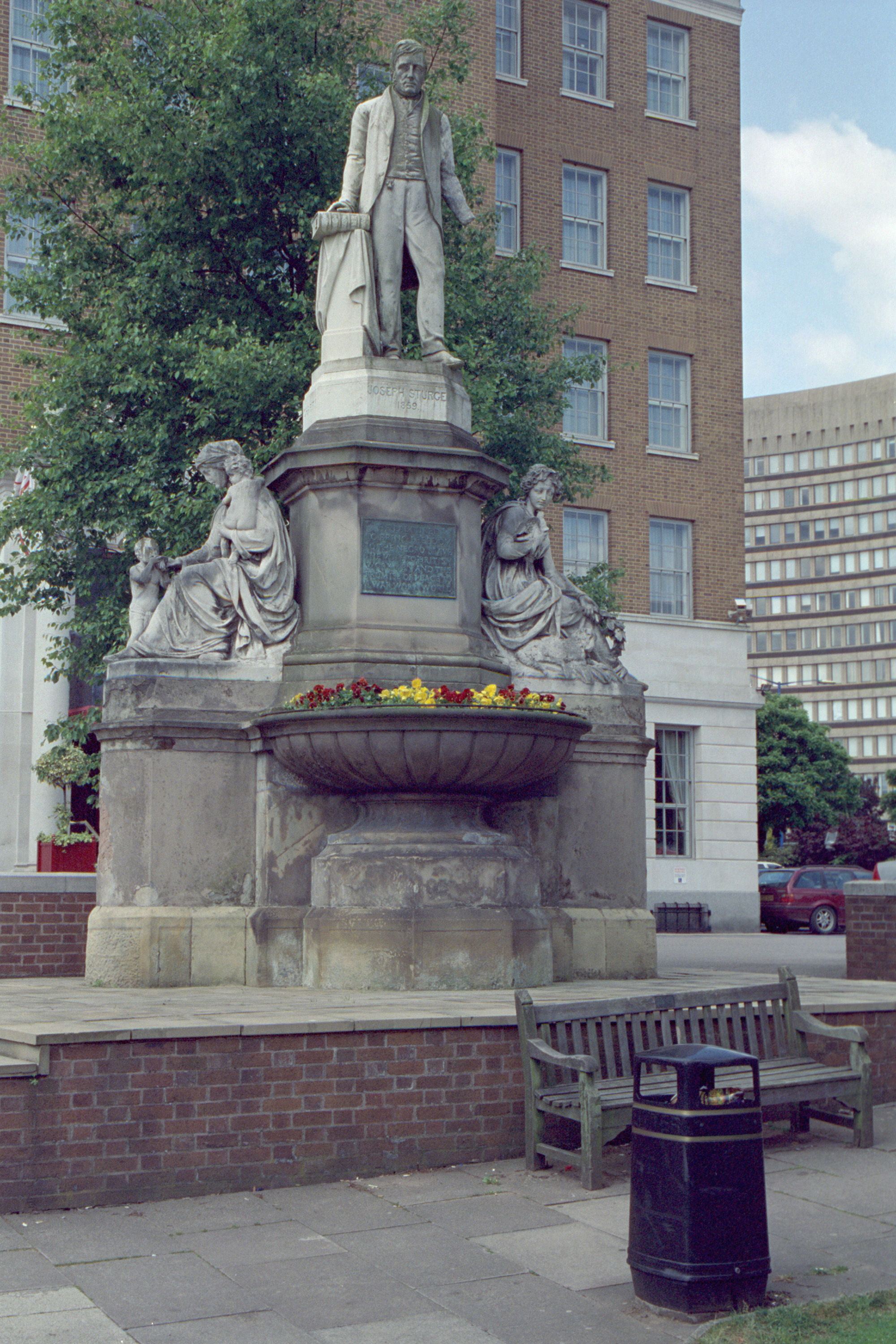Legacies of Slavery and Abolition in Listed Places
The National Heritage List for England is a record of sites of special interest for our national story, which Historic England maintains on behalf of the government. We are committed to increasing under-represented heritage on the List, illustrating the powerful connection between people and place.
In 2007, we helped commemorate the bicentenary of the 1807 Act for the Abolition of the Slave Trade by ensuring that connections with both slavery and abolition were reflected in the List. The project resulted in over 40 new listings, upgrades and amendments, where new research was added about these connections.
The project highlighted the lives of a number of Black people, living in England in a wide range of circumstances, whose histories now have a presence on the List.
There is more work to do in telling the important story of Black presence in England on the List beyond the slavery and abolition context. More recent listings like the Brixton Markets and Platforms Piece, are examples. We welcome listing applications from the public and we encourage people to enrich the List.
Churches
We looked at several churches with links to slavery and abolition. Christian faith inspired many of those who fought for an end to slavery, and many enslaved people brought to England became Christians; it was widely believed that baptism would bestow freedom.
Gallery
Please click on the gallery images to enlarge.
Church of St Andrew, Church Street
Cambridge
Church of St Mary Woolnoth, Lombard Street
City of London
The Church of Holy Trinity, Clapham Common North Side
Clapham, London
Church of Saints Peter and Paul, Church Street
Olney, Milton Keynes
Graves
Graves provide an important record of the role slavery played in England’s history. Each grave considered as part of this project remembers someone thought to be directly connected with slavery or the slave trade: some people had been enslaved, one was a redeemed trader in enslaved people, and others had campaigned to end slavery.
Gallery
Please click on the gallery images to enlarge.
Tomb of Myrtilla, Church of St Lawrence
Oxhill, Stratford on Avon
Memorial to Scipio Africanus, Church of St Mary
Church Close, Bristol
Grave of Unknown African, Church of St John the Baptist
Bishops Castle, Shropshire
Tomb of Harriet Long and Jacob Walker, Old Parish Church of St Mary
High Street, Haringey, London
Tomb of Rasselas Belfield, St Martin's Churchyard
Lake Road, Windermere, Cumbria
Tomb of Granville Sharp, All Saints Churchyard
Fulham, London
Monument to Joanna Vassa in Abney Park Cemetery
Stoke Newington High Street, Hackney, London
Headstone of Charles Bacchus, Church of St Mary
Queens Street, Culworth, Northamptonshire
Tomb of James Stephen, Old Church of St Mary
Stoke Newington Church Street, Hackney, London
Headstone of George Edward Doney, churchyard of St Mary
Church Street, Watford
Tomb of Samuel Lucas and Margaret Bright Lucas, Highgate Cemetery
Swain’s Lane, Camden, London
Tomb of John and Mary Newton, churchyard of Saints Peter and Paul, Church Street
Olney, Milton Keynes
Houses
We updated the List entries of a wide range of houses, from those financed by slavery, to those which shed light on the lives of people living and working in England who had formerly been enslaved – as well as the homes of prominent abolitionists.
Gallery
Please click on the gallery images to enlarge.
Picton House, No 52 High Street
Kingston upon Thames
Dr Johnson's House, No 17 Gough Square
City of London
Dobroyd Castle, Dobroyd Road
Todmorden, West Yorkshire
Wilberforce House Museum, High Street
Kingston upon Hull
The Georgian House, 7 Great George Street
Bristol
The Directors' House, Truman Brewery, No 91 Brick Lane
Tower Hamlets, London
Storrs Hall, Newby Bridge Road
Windermere, Cumbria
Allerton Hall, Springwood Avenue
Liverpool
Harewood House, Harewood
Leeds, West Yorkshire
Playford Hall
Playford, Suffolk
No 62 Rodney Street
Liverpool
Public buildings
The prosperity Britain gained from slavery and the commodities produced by enslaved people is demonstrated by many striking civic and commercial buildings. The wealth that funded them was amassed at a terrible human cost. Our updated List entries focus on connections with the slave trade, putting these buildings into context.
Gallery
Please click on the gallery images to enlarge.
Town Hall, Water Street
Liverpool
Maritime Museum, 26 St George’s Quay
Lancaster
The Exchange, Corn Street
Bristol
57 Parr Street
Liverpool
Barclay’s Bank, Water Street
Liverpool
Warehouses and General Offices, North Quay, West India Road
Poplar, London
Memorials and statues
During the 19th century, public and private monuments and statues of campaigners were erected to help commemorate the momentous historic event of abolition. However, no known historic memorials in Britain honour the many Black abolitionists who did so much to end slavery. There is a 2008 monument to Olaudah Equiano in Telegraph Hill Park, Deptford.
Gallery
Please click on the gallery images to enlarge.
Archway formerly to Farm Hill Park, Farm Hill Lane
Stroud, Gloucestershire
Clarkson Monument on High Cross Hill, High Street
Thunbridge, Hertfordshire
Statue of Joseph Sturge at Tube Investment House, Harborne Road
Birmingham
Buxton Memorial Fountain, Victoria Tower Gardens, Millbank
City of Westminster, London
Statue of Joseph Pease, High Row
Darlington
Wilberforce Monument, Wilberforce Avenue
Kingston upon Hull
Clarkson Memorial, Bridge Street
Wisbech, Fenland
Statue of Charles James Fox, Bloomsbury Square
Camden, London
Statue of William Wilberforce, Wilberforce House, High Street
Kingston upon Hull
Monument to Sir Thomas Clarkson, Church of St Mary
Playford, Suffolk
Other memorials addressing the Slave Trade and Abolition
More recent memorials won’t be eligible for listing, but they still play an important part in telling the story of England's connections with the transatlantic slave trade and its abolition.
'Captured Africans' memorial sculpture, St George's Quay, Lancaster
Unveiled in 2005, the Captured Africans memorial on St. Georges Quay is a memorial to the enslaved people transported on ships originating out of Lancaster. It was created by artist Kevin Dalton-Johnson with support from mosaic artist Ann McArdle. Lancaster’s prosperity depended on the slave trade, her ships taking enslaved people from West Africa to the West Indies and South Carolina. In addition to sugar, rum and cotton, the ships brought back mahogany to supply the town’s thriving cabinet makers.
'The Gilt of Cain', Fen Court, City of London
Unveiled by Archbishop Desmond Tutu in 2008, this bicentenary memorial sculpture was created by Michael Visocchi in collaboration with poet Lemn Sissay. The project was initiated by Black British Heritage and the Parish of St Mary Woolnoth and commissioned by the City of London Corporation and the British Land Company.
The sculpture stands in the Parish of St Mary Woolnoth, where reformed slave trader John Newton was rector from 1780–1807. It consists of a group of posts representing sugar cane surrounding a podium, which suggests a pulpit, or slave auctioneer’s rostrum. Inscribed on the podium are the words of Sissay’s poem ‘The Gilt of Cain’, weaving the coded language of the stock exchange with Old Testament references.
Olaudah Equiano monument, Telegraph Hill Park, London
This ceramic monument, with a symbolic triangular plinth, was created by pupils of Edmund Waller Primary School in 2007, and installed in 2008. Equiano was captured as a young boy in Nigeria and enslaved in Virginia. He bought his own freedom in 1766 and settled in London, becoming part of the influential abolitionist group, Sons of Africa.
Equiano published his autobiography, The Interesting Narrative of the Life of Olaudah Equiano, in 1789 and, knowing the power of his story, toured the country raising awareness of the horrors of slavery. Sadly, Equiano died in 1797, so didn’t live to see the triumph of the 1807 Act.
Find out more about Olaudah Equiano at The Historic Dockyard, Chatham.

